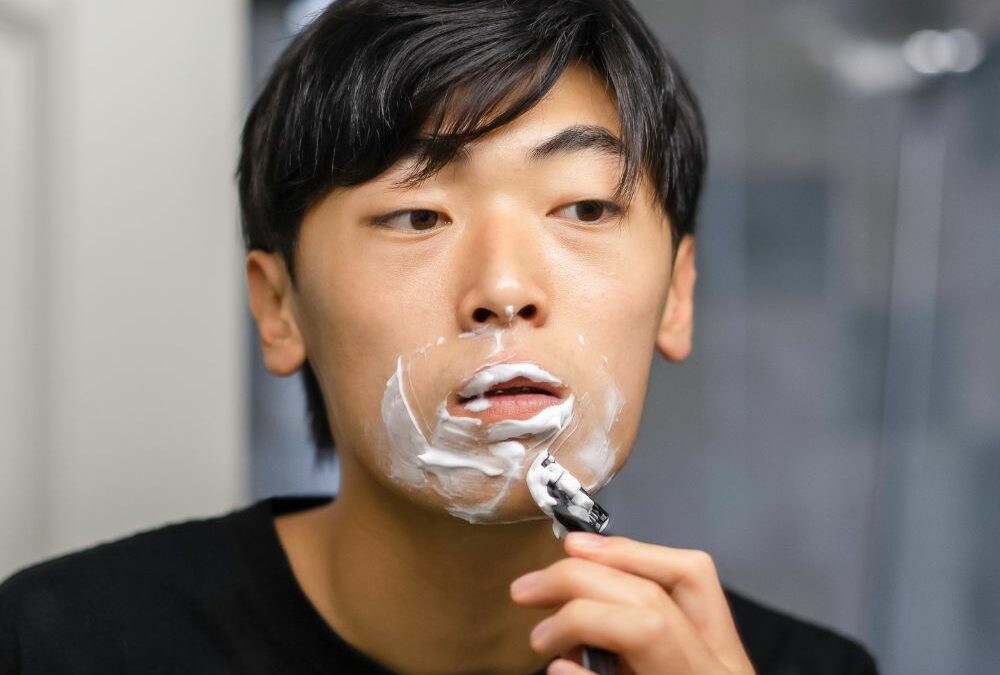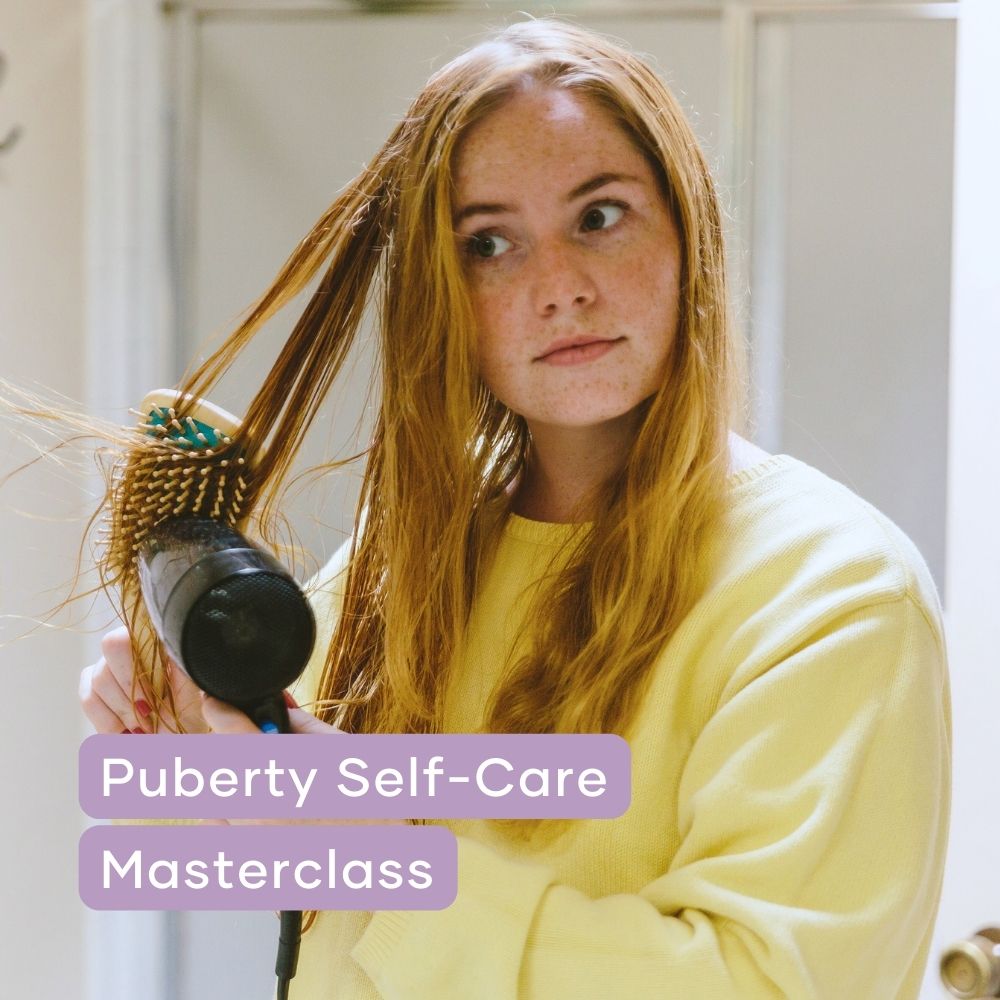Ever stopped to think about the countless steps involved in something as routine as taking a shower? From gathering all the bottles and brushes and lotions to navigating sensory needs, it’s a lot more than meets the eye! In this guide, we’ll delve into the daily challenges teens face with self-care and explore some practical tips to help make this process less daunting.
Have you ever considered just how many steps there are in the seemingly simple task of showering? There’s the preparation, including gathering necessary items and adjusting the water temperature. There’s the undressing. Then you must enter the shower, navigating the physical space to step into the shower safely. You must wet your hair and body under the water. Next comes shampooing and perhaps conditioning, allowing the conditioner to sit before rinsing it thoroughly. Then there’s face and body washing, applying soap and paying attention to different body parts. Next comes rinsing off completely, before turning off the water, exiting the shower safely (let’s hope you remembered the bath mat during preparation time!), drying with a towel and then post-shower care such as moisturiser, deodorant, hair brushing and getting dressed! Phew! That’s all before we even begin considering sensory factors and needs.
Ordering tasks
As you can see, the showering routine includes a significant number of steps and this is just one of many self-care tasks. For some teens, such routines come easily. They establish habits and can organise themselves to complete the sequence of tasks without much thought at all. For others, they may need more structure. If your teen falls into the latter camp, you may like to start by creating a system, schedule or checklist to help the self-care routines. Breaking down larger tasks into smaller, manageable steps may also make the process less daunting and more achievable.
Starting and ending tasks
Transitioning between tasks can also pose challenges that affect your teen’s engagement in self-care routines. To facilitate smoother transitions, one approach is to integrate transition activities that serve as a bridge between various elements of the routine. Examples include dedicating a few minutes to mindfulness exercises, listening to a favourite song, or accessing a comforting sensory object. For your teen, these intentional pauses may create a buffer, provide extra time and make the shift from one task to the next more manageable.Balancing stimulation
Sensory overload can be a significant hurdle in the success of self-care practices. Consider sensory needs and incorporate sensory breaks into self-care routines. Sensory breaks act as intentional pauses, allowing your teen to recalibrate their senses and manage the sensory input they encounter. These breaks should focus on activities that provide comfort and relaxation rather than intensifying sensory stimulation. You may need to consider the following:- Auditory: If exhaust fans or running water are overwhelming for your teen, consider opening the window, using noise-cancelling headphones in the bath or incorporating soothing sounds into the routine. Create a sound-friendly environment by identifying and minimising triggers.
- Visual: Your teen may prefer softer lighting, colour schemes that are calming and a simplified visual environment. You may need to organise products in a way that is visually appealing or choose packaging with minimalistic designs to avoid visual clutter.
- Textures and smells: Encourage your teen to explore different options for self-care products and provide them with the flexibility to choose self-care products that align with their touch and smell preferences. Products might feel greasy, slimy, slippery or smell unpleasant and can be a significant factor in your teen’s overall experience during self-care tasks.
Navigating self-care with your teen will likely require some experimentation and adjustments. It’s important to consider both your teen’s physical and emotional wellbeing. Remember, self-care is a personal journey, and finding what works for your teen may take time. Embrace the process and prioritise comfort and choice as you develop a self-care routine that works.
25 APRIL 2024
WRITTEN BY KAIT CUMMINS
OCCUPATIONAL THERAPIST THE PLAY WAY / THE PLAY PROJECTS
If you are interested in exploring self-care for teens, check out our new masterclass:
Puberty Self-Care Masterclass
Developed by our in-house Occupational Therapist Jasmine, the Puberty Self-Care Masterclass guides parents and caregivers through their child’s puberty journey. Jasmine’s expertise in supporting autistic individuals and developing practical solutions shines through as she provides education, tools, strategies, and therapeutic insights for aiding pre-teens and teens with self-care during puberty.



